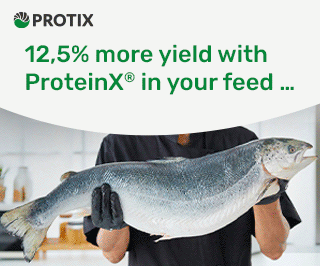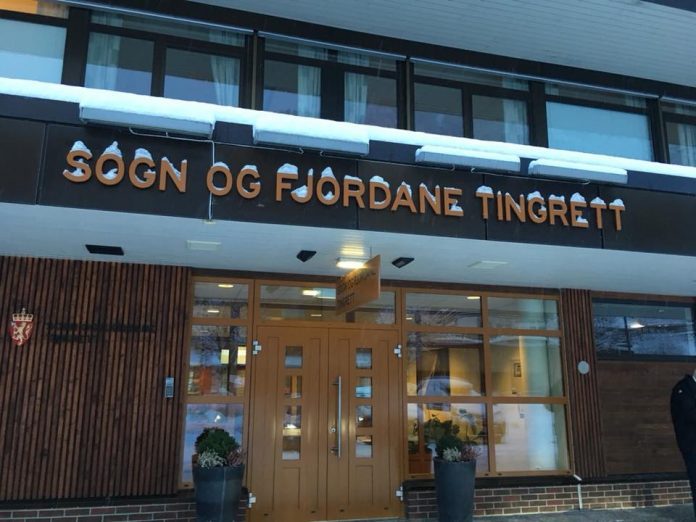The plaintiff’s legal representative Trond Hatland hammered the government during the first day of the traffic light trial between 25 fish farmers and the Norwegian Ministry of Trade, Industry and Fisheries.
“Now I could say as a rhetorical point: There is not one salmon that can be presented here in court that has died of sea lice. It is calculated and estimated in models,” said Hatland.
It is precisely the factual basis, or a lack of such, that is at the heart of the plaintiff’s argument in the ongoing trial.
Lawyer Trond Hatland notes that the decision to put production area 4 (PO4) in red whuch will result in a significant financial loss for the salmon farmers in this region. “We will return to this later,” he added.
Modeling
The traffic light system is based on analyses and modelling largely done by the Institute of Marine Research. Now the validity and relevance of the models are under scrutiny and in the courtroom.
“And how’s the salmon population? It has been rising since 2005. And in better development in PO4 than elsewhere in the country. This has happened while salmon production from farming has increased significantly,” Hatland further pointed out in his introductory lecture.

Migration
Hatland also said he sees no clear trend or link between high lice and low sea salmon migration.
“In 2017 there was a lot of sea lice, and then one would like to assume that it would result in lower immigration in the years following. That hasn’t happened,” he said and believes that this appears to be “arbitrary”.
“This is what makes us seem to be angry, to use a mild adjective.
“Six per-cent in adjusted production gives 9-12,000 tonnes of salmon in annual harvest volumes,” Hatland noted. “In addition comes trout. PO4 is the country’s most important region for the farming of trout,” he added.



